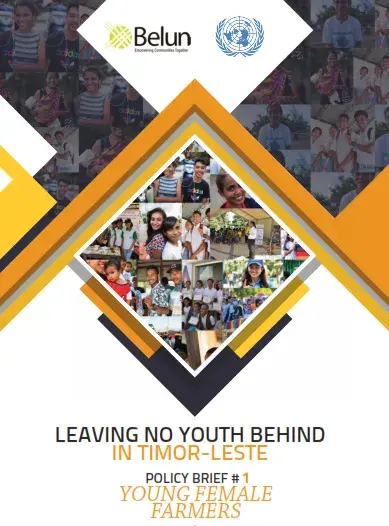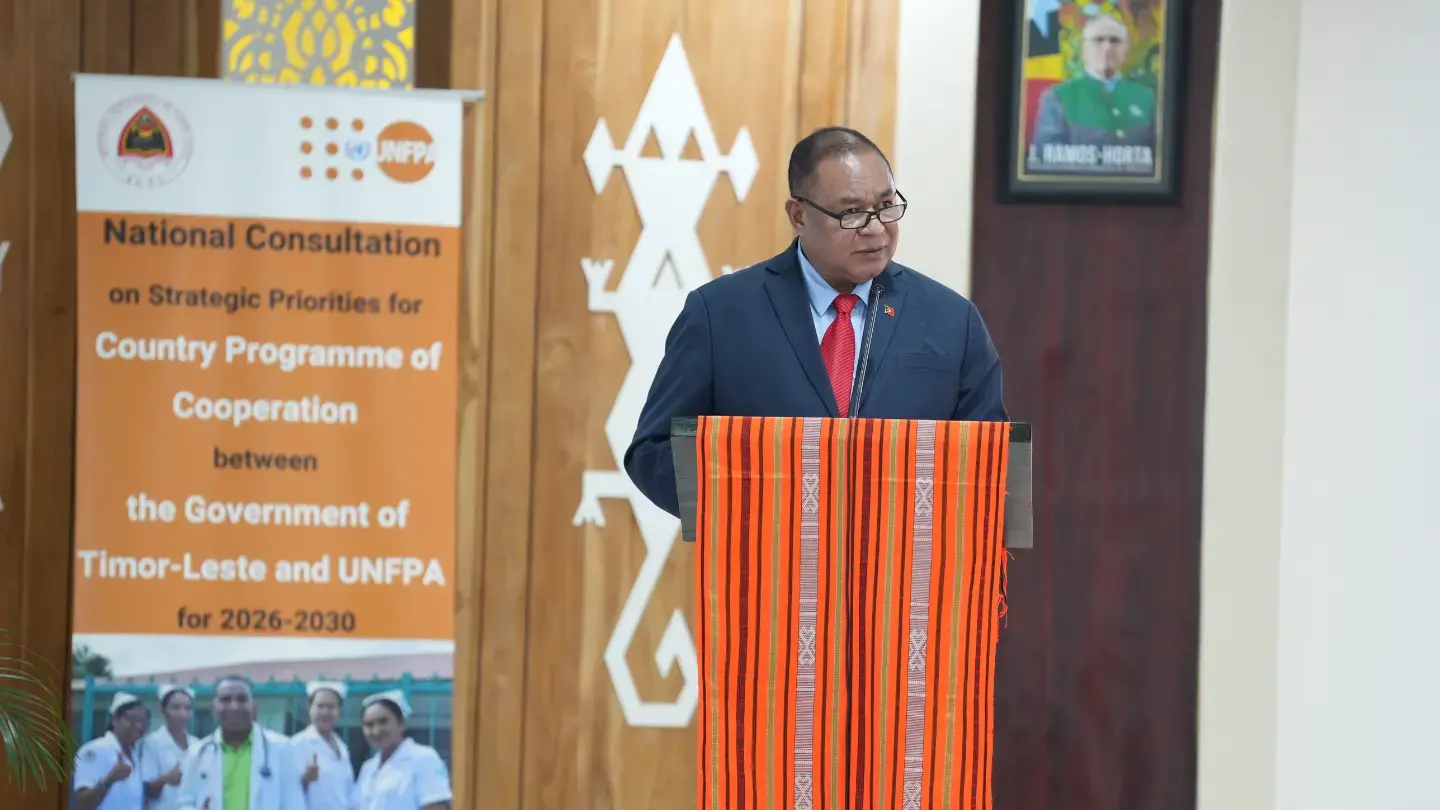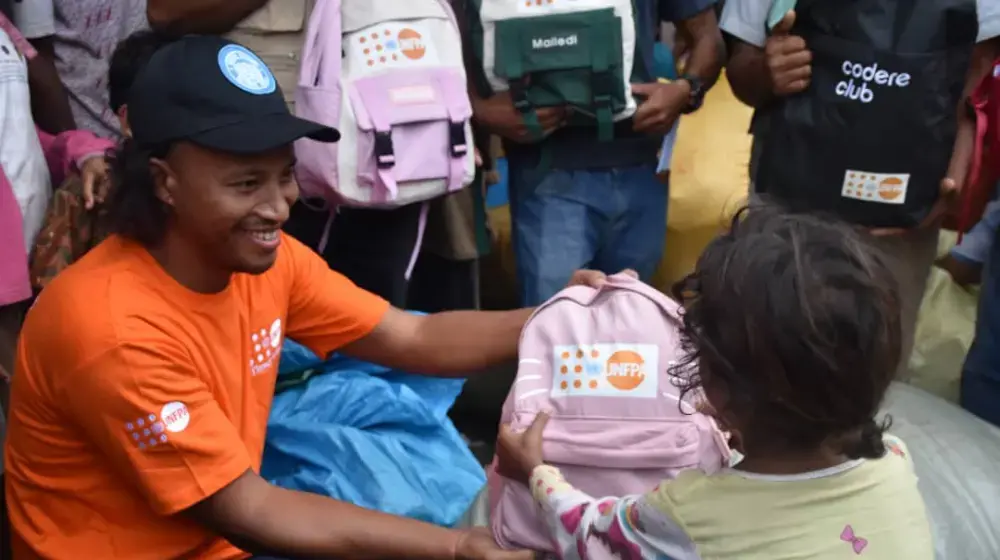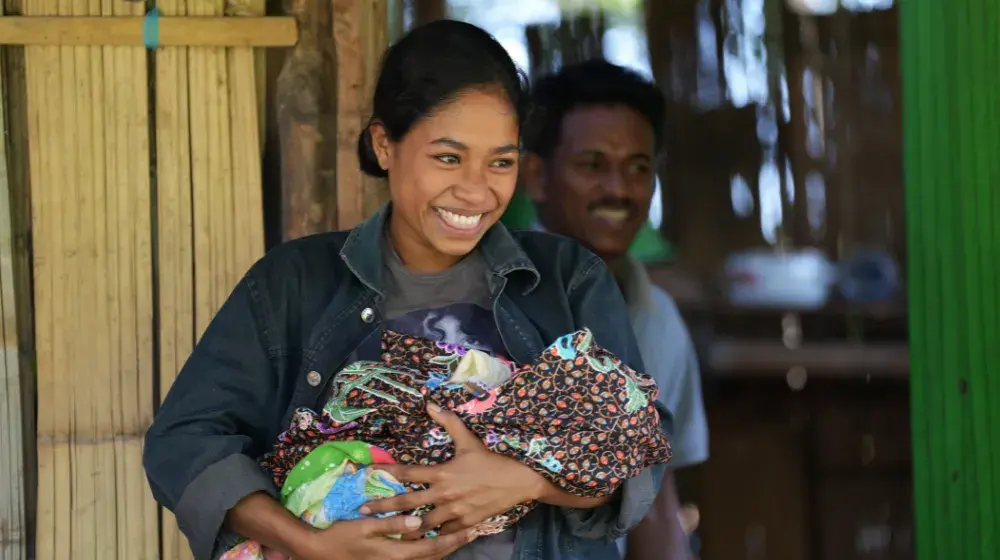Background
Young women involved in the agriculture sector combine several vulnerabilities due to their
age, gender and area of residence. As a result, they often have less access to education, health
and economic opportunities. In addition to facing discrimination based on their sex, they are
doubly challenged by working in an under-appreciated and under-supported sector. Farming
is often seen as an occupation of last resort.
The Government is committed to ‘transform agriculture into a profitable business’, a key area
for diversifying the economy and to create job opportunities for youth (MAF Strategic Plan
2014-2020). The Government of Timor-Leste ratified the Convention on the Elimination of All
Forms of Discrimination against Women (CEDAW) and further committed to improving rural
women’s lives, by signing the inter-ministerial Maubisse Declaration in October 2015, which
aimed to promote rural women’s economic empowerment. The National Youth Policy also
made rural young people and young women two priority target groups of youth interventions.
Finally, the National Action Plan on Gender-based Violence 2017-2021(NAP GBV) addresses
and seeks to reduce the risk Timorese women have of experiencing violence during their
lifetimes.
Data is available in Timor-Leste on the situation of women, young people and people involved
in farming activities – but is rarely combined to show the reality of young female farmers. The
findings presented in this brief are the result of the analysis of the 2015 census, three Focus
Group Discussions held in Hera, Suai, and Dili as well as the evidence gathered from various
relevant studies and reports.





